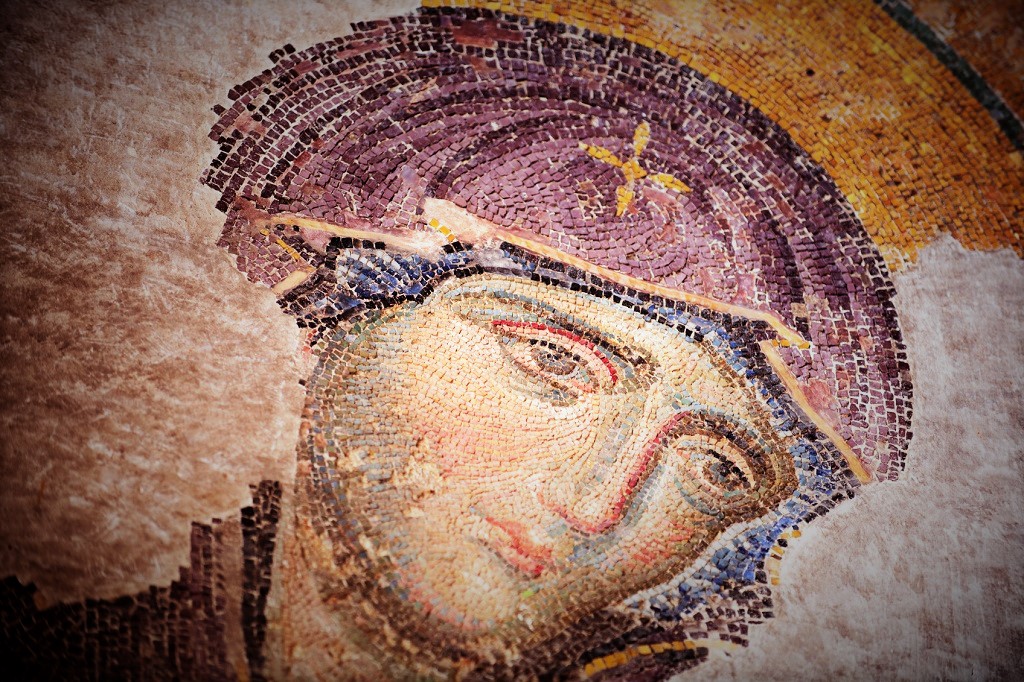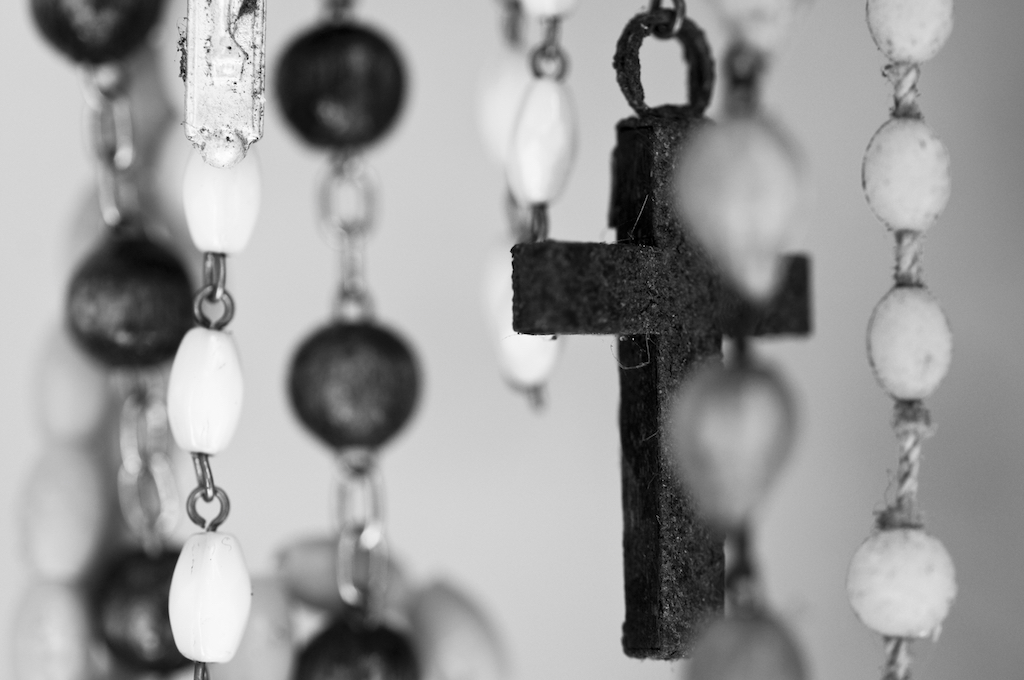On August 15, Catholics celebrate the Assumption of Mary, a holy day of obligation. Normally, we would be obligated to attend Mass for this feast, but because this year it falls on a Monday, the United States Conference of Catholic Bishops (USCCB) has lifted the obligation. However, the faithful are still urged to attend Mass if it is possible.
What exactly is the Assumption of Mary and why do we celebrate it? There is often criticism from our Protestant brothers and sisters regarding this, as there is no place in the Bible we can point to and say, “Here it is! It really happened!” However, the Church has always been careful to warn the faithful against biblical “fundamentalism:”
…typified by unyielding adherence to rigid doctrinal and ideological positions—an approach that affects the individual’s social and political attitudes as well as religious ones. Fundamentalism in this sense is found in non-Christian religions and can be doctrinal as well as biblical. But in this statement we are speaking only of biblical fundamentalism, presently attractive to some Christians, including some Catholics.
While the Church teaches that the Bible is without error, there is also living Tradition that must be considered when studying Scripture. As Catholics, we trust our spiritual leaders, the bishops, to help us understand and apply Scriptural truths. While the Assumption of Mary is not recorded in Scripture, the Church has vast historical knowledge regarding this early Christian celebration.
After the building of the Church of the Holy Sepulchre in 336, the sacred sites began to be restored and memories of the life of Our Lord began to be celebrated by the people of Jerusalem. One of the memories about his mother centered around the “Tomb of Mary,” close to Mount Zion, where the early Christian community had lived.
On the hill itself was the “Place of Dormition,” the spot of Mary’s “falling asleep,” where she had died. The “Tomb of Mary” was where she was buried.
At this time, the “Memory of Mary” was being celebrated. Later it was to become our feast of the Assumption.
The dormition of Mary is a belief (but not a tenent of the Faith) that Mary did not suffer death, as death is a result of original sin. Since Mary was born without original sin, some theologians have concluded that Mary “fell asleep.” The use of the term “sleep” for “death” is well-documented in the New Testament.
So why do we celebrate Mary’s Assumption? From the Catechism of the Catholic Church:
After her Son’s Ascension, Mary “aided the beginnings of the Church by her prayers.” In her association with the apostles and several women, “we also see Mary by her prayers imploring the gift of the Spirit, who had already overshadowed her in the Annunciation.”
“Finally the Immaculate Virgin, preserved free from all stain of original sin, when the course of her earthly life was finished, was taken up body and soul into heavenly glory, and exalted by the Lord as Queen over all things, so that she might be the more fully conformed to her Son, the Lord of lords and conqueror of sin and death.” The Assumption of the Blessed Virgin is a singular participation in her Son’s Resurrection and an anticipation of the resurrection of other Christians:
In giving birth you kept your virginity; in your Dormition you did not leave the world, O Mother of God, but were joined to the source of Life. You conceived the living God and, by your prayers, will deliver our souls from death.
By her complete adherence to the Father’s will, to his Son’s redemptive work, and to every prompting of the Holy Spirit, the Virgin Mary is the Church’s model of faith and charity. Thus she is a “preeminent and . . . wholly unique member of the Church”; indeed, she is the “exemplary realization” of the Church.
Her role in relation to the Church and to all humanity goes still further. “In a wholly singular way she cooperated by her obedience, faith, hope, and burning charity in the Savior’s work of restoring supernatural life to souls. For this reason she is a mother to us in the order of grace.”
“This motherhood of Mary in the order of grace continues uninterruptedly from the consent which she loyally gave at the Annunciation and which she sustained without wavering beneath the cross, until the eternal fulfillment of all the elect. Taken up to heaven she did not lay aside this saving office but by her manifold intercession continues to bring us the gifts of eternal salvation . . . . Therefore the Blessed Virgin is invoked in the Church under the titles of Advocate, Helper, Benefactress, and Mediatrix. (para. 964-969)
In 2013, Pope Francis reminded the faithful that Mary “accompanies us, struggles with us, sustains Christians in their fight against the forces of evil.” Certainly that would be enough for us to want to celebrate this holy day. However, the Holy Father also said that the Faith we cherish is founded upon not a belief or an event, but a truth:
Our whole faith is based upon this fundamental truth which is not an idea but an event. Even the mystery of Mary’s Assumption body and soul is fully inscribed in the resurrection of Christ. The Mother’s humanity is “attracted” by the Son in his own passage from death to life. Once and for all, Jesus entered into eternal life with all the humanity he had drawn from Mary; and she, the Mother, who followed him faithfully throughout her life, followed him with her heart, and entered with him into eternal life which we also call heaven, paradise, the Father’s house.
As we look forward to this holy day, let us meditate upon all the riches the Church has given us regarding Mary. Let us turn to her in faith, asking her to intercede for us as we continue to seek Christ in all we do. His Mother will certainly aid us in this endeavor.

